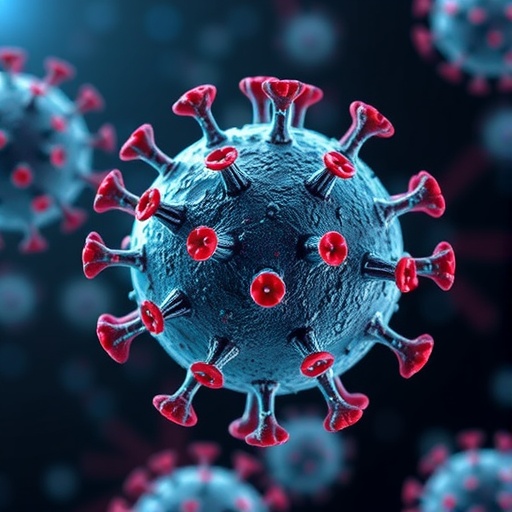
Credit: University of Guam
Collective research to date regarding nutrients found in the leaves of contemporary cycad species has been inconsistent as far as data collection and narrow in scope, according to a University of Guam-led literature review published on Nov. 19 in Horticulturae journal.
Understanding nutrient accumulation within cycads is essential to effective horticultural management, and more importantly, conservation of this plant group, which is highly prized within the horticulture trade and also threatened worldwide.
“Cycads comprise the most threatened group of plants worldwide, but they are also one of the least studied plant groups,” said Benjamin Deloso, a cycad specialist with the University of Guam and lead author of the study. “Most of the disciplines of cycad research are only now accumulating enough peer-reviewed literature to enable organized global reviews, such as this one.”
The effort to compile and summarize peer-reviewed literature on the subject was undertaken by scientists from Guam, Florida, the Philippines, Thailand, and the Micronesian Island of Yap — each of whom also co-authored some of the articles cited in the review.
They concluded that in order to draw more reliable comparisons among studies of cycad leaf nutrition, future research should include:
- More taxa
The literature reviewed represented only 13% of the world’s cycad species. More species need to be added to the published database to increase relevance of the results. - More plants in their natural habitats
The number of cycad species from which native habitat data were obtained was an unusually low 4% of the 358 described species. Most of the reviewed publications reported data from botanic garden settings, which have been shown to artificially change the concentration of cycad leaf nutrients. - The influence of season
In the few studies that factored in the season, the results found that leaf nutrients varied among male and female plants and plants of different provenances, indicating future research should take season into account. - The influence of insect herbivory
Many cycad taxa co-evolved with leaf-eating insects, while others are threatened by non-native pests, yet only one study in the review factored in and noted the influence of insect herbivory on cycad leaf nutrients. - The influence of biotic and abiotic factors
Perhaps the greatest benefit of the review was the explanation of biotic and abiotic factors that have been shown to influence cycad leaf nutrient relations. Future studies can now be designed to ensure research methods include measurements of plant size, leaf age, level of shade, position of leaflets within the compound leaf, and the concentrations of nutrients within the soils of the root zone — all factors that influence leaf nutrient concentrations.
Furthermore, the sampling and analytical methods were highly disparate among the studies.
“One of our main points was that the protocols for sampling leaf tissue to determine nutrient concentrations of cycad leaves have not been homogeneous among the various research agendas,” Deloso said. “This compromised our ability to unequivocally determine any canonical trends in the results.”
Discoveries based on data review
Despite the disparities in research methods, the review of published research revealed that cycad leaf nitrogen and phosphorus concentrations exceeded the global mean for these elements in all seed-bearing plants. According to the authors, the cyanobacteria endosymbionts that inhabit cycad roots provide additional nitrogen for the cycad to exploit. These cyanobacterial endosymbionts are absent from many other plant groups, which may help explain these findings.
Deloso said the findings of this first-ever literature review on the topic of leaf nutrition in cycads are key moving forward with cycad research.
“Among my co-authors were the world’s three leading authorities for Guam’s native cycad, Cycas micronesica. This tree is one of the many endangered cycad species, and these experts are crucial sources of knowledge to inform future conservation decisions,” he said.
###
Media Contact
Jonas Macapinlac
[email protected]
Related Journal Article
http://dx.





